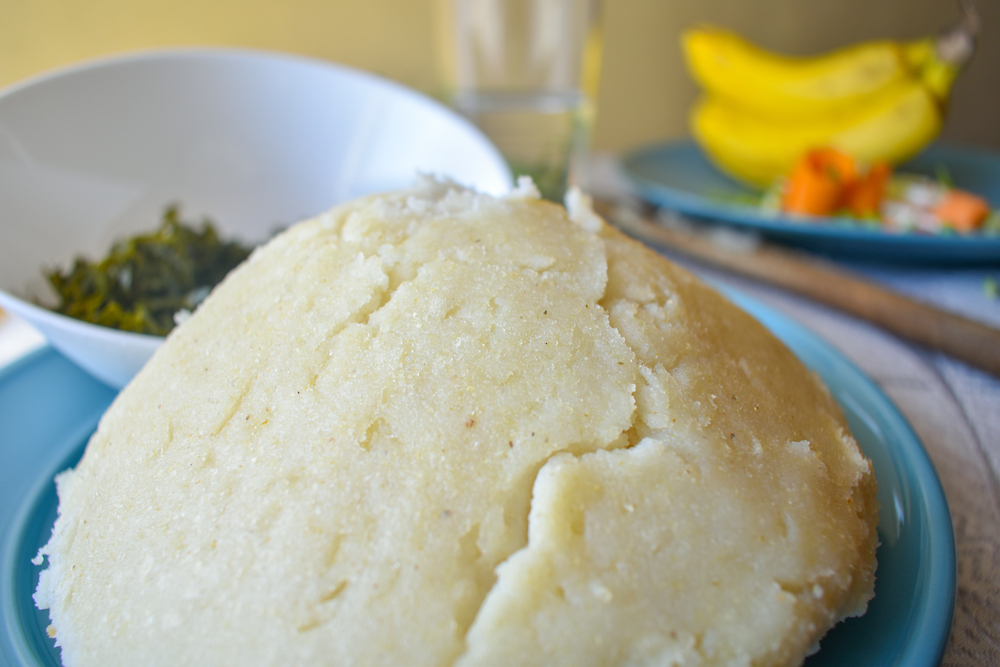Xima: The Pillar of Mozambican Tables
Embark on a culinary journey through Mozambique with Xima, a dish so fundamental that its significance extends beyond mere sustenance. This maize-based delicacy is the canvas on which many Mozambican meals are painted, offering both nourishment and a taste of age-old traditions.
Grains of History: Xima’s Evolution Through Time
With roots deeply anchored in Africa’s agricultural past, Xima has transcended centuries. It speaks of a time when maize became central to African agronomy, post its introduction from the Americas. Over generations, this humble grain was transformed into the beloved Xima, a dish that resonates with tales of ancestral prowess and culinary heritage.
Crafting the Perfect Xima: A Dance of Simplicity
The elegance of Xima lies in its minimalism. But don’t be deceived by its simple ingredient list; the true art is in its preparation.
- Finely ground maize flour (cornmeal)
- Water
- A pinch of salt (optional)
The process begins with boiling water. As it simmers, maize flour is gradually introduced, whisked vigorously to prevent lumps. The mixture thickens, evolving into a smooth, soft porridge. As more flour is incorporated, the Xima becomes firmer, eventually reaching a dough-like consistency. The result? A velvety, soft mound of maize delight, ready to complement a plethora of dishes.
More than a Dish: Xima as Mozambique’s Culinary Ambassador
Every scoop of Xima carries with it the pulse of Mozambique. Be it in urban households or rural hearths, Xima’s presence is ubiquitous. It’s the comforting touch in times of need, the joyous accompaniment in celebrations, and the symbol of Mozambique’s hospitality. To share Xima is to share a piece of one’s Mozambican soul, making it much more than just a meal.
The Versatile Companion: Serving Xima
While Xima is delightful in its purity, its true potential shines when paired. From rich stews like Matapa to grilled meats, Xima is the perfect sponge, absorbing flavors and adding depth. Its neutral palate makes it an ideal accompaniment, letting the main dishes shine while providing a grounding base. And for a true Mozambican experience? A side of spicy piri-piri sauce is a must.

Demystifying Xima: Addressing Curiosities
1. How is Xima different from polenta?
While both are maize-based dishes, Xima is often denser than polenta and serves as a primary carbohydrate source in meals, while polenta varies in consistency and preparation across cultures.
2. Can I flavor my Xima?
Traditional Xima is usually unflavored, but modern adaptations include infusing herbs or incorporating other grains for a varied taste and texture.
3. How long does cooked Xima last?
It’s best consumed fresh, but refrigerated Xima can last up to 2 days. Reheating is recommended before serving.
4. Is Xima gluten-free?
Yes, being maize-based, Xima is naturally gluten-free, making it suitable for those with gluten sensitivities.
5. How do I achieve the perfect Xima texture?
The key is in the gradual addition of maize flour and consistent stirring to ensure a lump-free, smooth texture. The desired consistency can range from soft to firm, depending on personal preferences.
Xima is just the beginning of Mozambique’s gastronomic wonders. To truly embrace the heart of this cuisine, explore a curated collection of traditional Mozambican recipes that capture the soul of this African gem.
